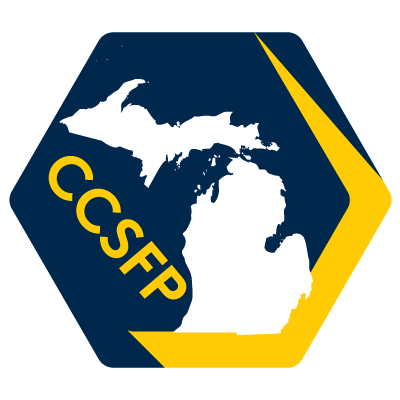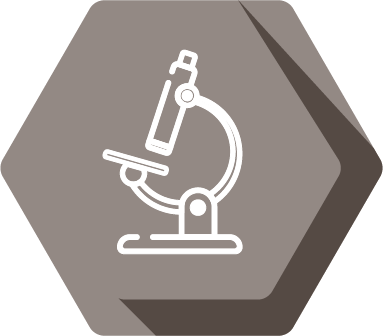Ali Farhoud

Pronouns: He/Him/His
UROP Fellowship: CCSFP, Henry Ford College
Research Mentor(s): Rachel Zemans, MD
Research Mentor Institution/Department: Michigan Medicine, Department of Internal Medicine
Presentation Date: Wednesday, August 4th
Session: Session 3 (5pm-6:20pm EDT)
Breakout Room: Room 3
Presenter: 4
Abstract
There are two alveolar epithelial cell types in lung. Type II and Type 1. Upon lung injury, Type II cells serve as progenitors and differentiate into type 1 cells to heal the tissue. Our lab had had recently identified a novel transitional cell state assumed by type 2 cells as they differentiate into type 1 cells during normal regeneration after lung injury. We want to understand whether the transitional cells are related with ineffectual type 1 cell differentiation which may cause critical regenerative defect in pulmonary fibrosis. We set out with the goal of investigating the molecular mechanism of physiological and pathological alveolar repair in mouse model. We use bleomycin to induce lung fibrosis in mice. The lung tissues are harvested at different timepoints and the transitional cells are captured by IF. We stained for some markers that were known to be upregulated in transitional cells. Staining uses primary and secondary antibodies, which bind to the cells and act as visual markers. We use a fluorescent microscope to create scans and take photographs of the mouse tissue at given data points and under certain treatment. Each visual marker appears under a certain wavelength of light on the tissue. This data will bring new insight into the mechanism by which lung tissue repairs itself, aiding in the development of future treatments for lung diseases and injuries.
Authors: Ali Farhoud, Michael Douglas, Fa Wang, Rachel L. Zemans
Research Method: Laboratory Research







